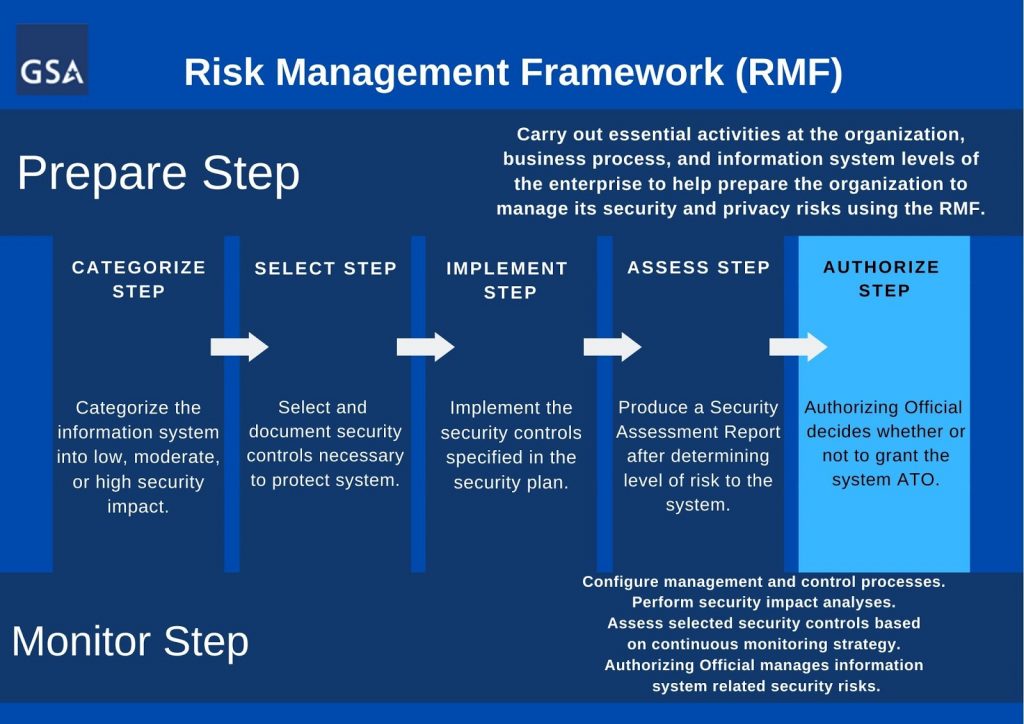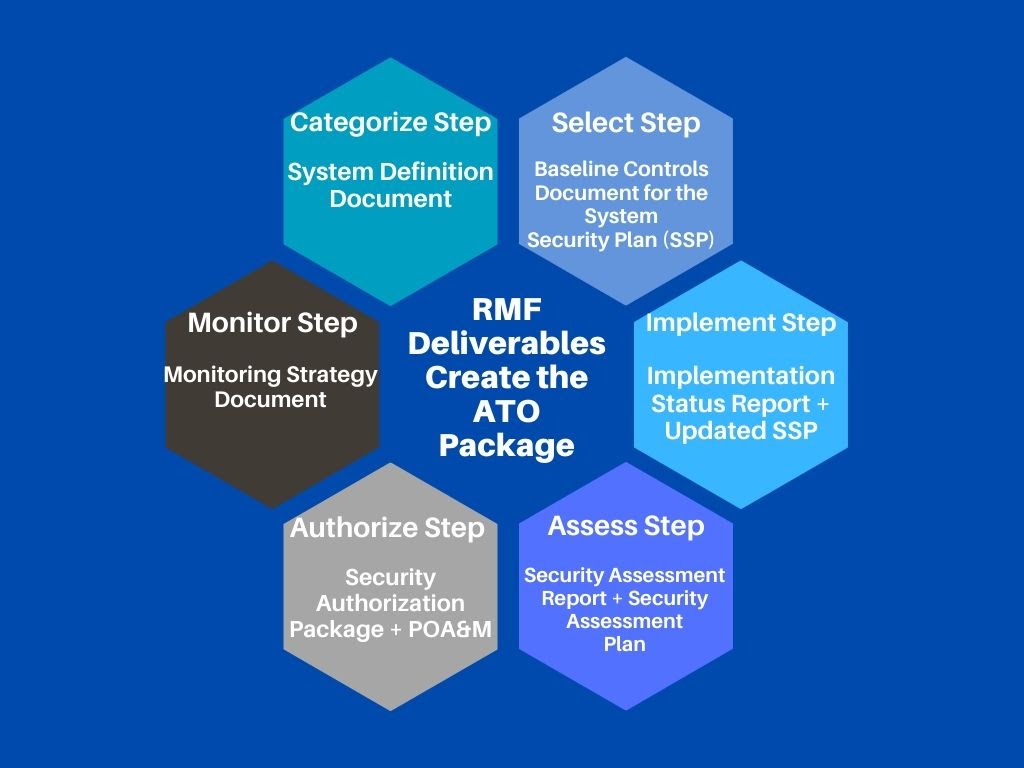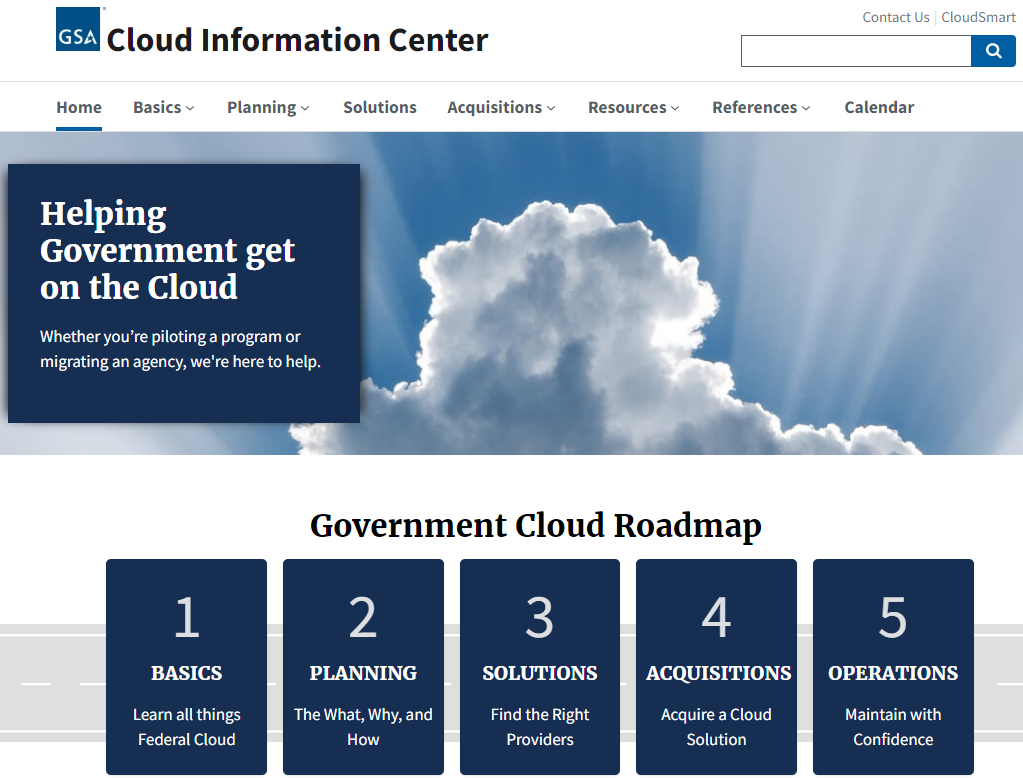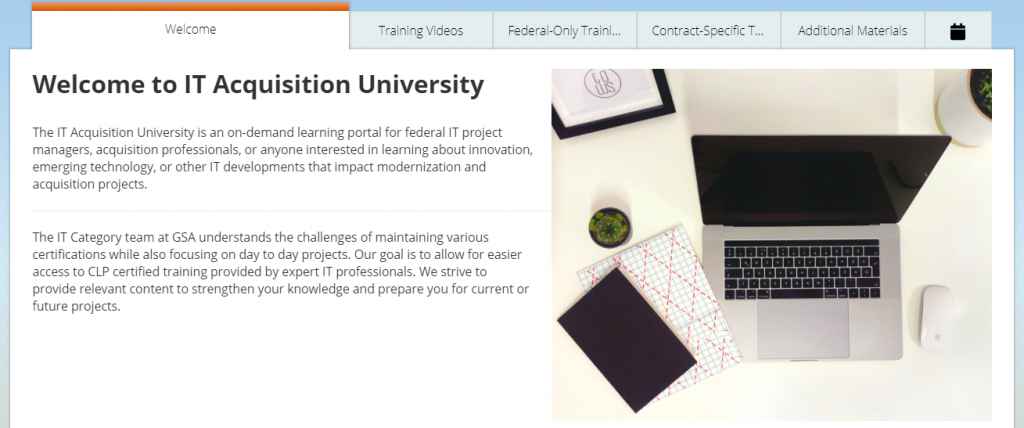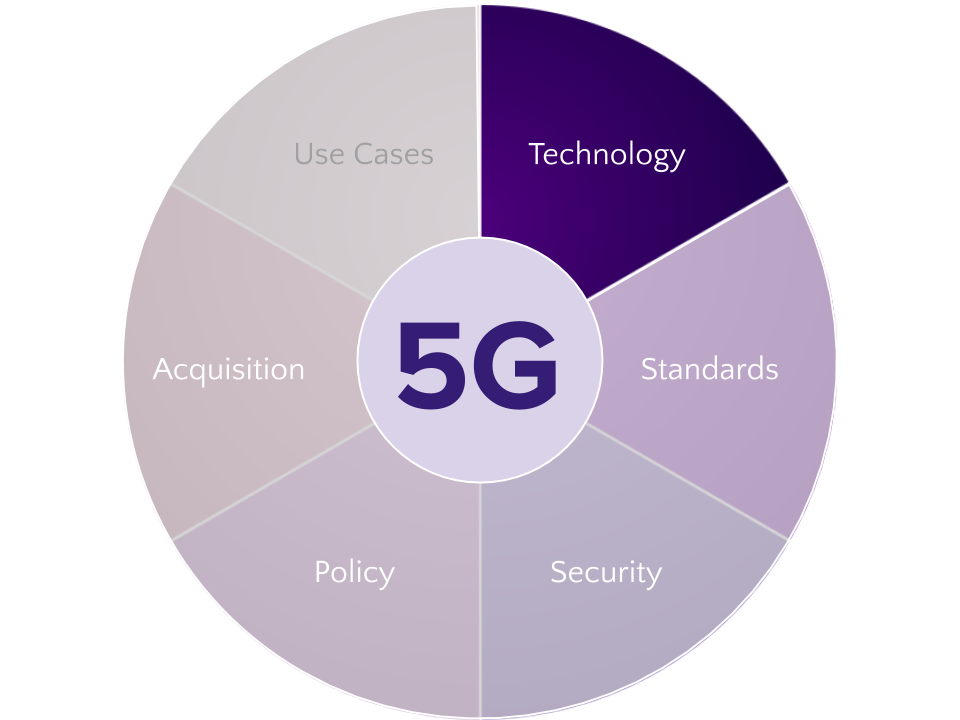In the 1990s, the Department of Defense adopted the term “untethered” to describe an emerging military doctrine made possible by advances in wireless communications technology. Untethered operations meant they could be launched anytime, anywhere, thanks to systems that were flexible, secure, cost-effective, and —above all— attainable.
Out of necessity, the federal workforce is now working untethered. Sometimes, that makes us feel isolated, but we know the productivity tools we are putting in place today will shape how agencies can effectively carry out their missions tomorrow. Now is the time to equip the mobile workforce with the right mix of products and services, so teams can continue to work untethered while still staying connected.
Untethered Doesn’t Mean You’re On Your Own
GSA’s Wireless Mobility Solutions Program keeps your workforce connected and anchored; it provides everything you need to support your agency’s wireless needs. Our Best-in-Class (BIC) contract includes wireless carriers and resellers, telecommunications expense management, mobile device management, mobile security, and more.
The Wireless Mobility Solutions Special Item Number (Wireless SIN) on the Multiple Award Schedule is the path that makes it possible.
Everything Where You Need It
The Wireless SIN is a seasoned contract that is continuously evolving to keep pace with commercial offerings and best practices. Because it’s Best-in-Class, agencies will have access to category management data they can leverage to save time and resources.
Building on the successes of the FSSI Wireless BPA program, we’ve expanded the Wireless SIN to create a one-stop-shop that includes 11 subcategories.
- Wireless Carrier Services
- Mobile Hardware/Infrastructure
- Mobility-as-a-Service (MaaS)
- Enterprise Mobility Management (EMM)
- Mobile Backend-as-a-Service (MBaaS)
- Telecom Expense Management Services (TEMS)
- Mobile Application Vetting
- Mobile Threat Protection (MTP)
- Mobile Identity Management
- Internet of Things (IoT)
- Other/Mobile Services
Tested and Proven
The COVID-19 pandemic has highlighted the importance of streamlined acquisition. A public health agency was able to use our program and quickly gain access to more than 7,000 first responder-capable wireless devices to better support their efforts across the country.
A Contract with a Community
Improving customer experience is a driving force behind every ITC offering. In addition to managing a Best-in-Class contract, the Wireless Mobility team at GSA supports a growing number of digital tools and resources to position your program and contracting staff for long-term success, including:
- Acquisition Gateway’s (AG) Federal Mobility Group Hallway, which hosts market research, articles and requirements documents supporting sound acquisition practices — from requirements development to market research through service delivery and contract close out.
- AG’s Resources and Digital Tools like the Wireless Savings Calculator and Request For Quote Generator Tool, designed to simplify acquisition operations.
- Transaction based data hosted on the Acquisition Analytics Dashboard, to guide your research and decision-making.
Our Wireless Mobility team also plays a key role in the ongoing efforts of the Federal Mobility Group (FMG), an interagency community of practice focused on 5G adoption, Internet of Things (IoT) applications, artificial intelligence, security concerns and policy regulations. Through the FMG, our community is engaged in continuous learning and collaboration. Everyone is untethered, but no one is alone.
Untether Today
If you have comments, questions, or want to join the FMG, contact our Wireless Mobility team at wireless@gsa.gov
GSA’s MAS IT Category continually works to deliver enterprise mobility solutions to achieve value, cost savings, and balance between functionality, security, and management for its customers. Take advantage of the BIC Wireless Mobility Solutions SIN and more by visiting our IT Solutions Navigator to find the vehicle that’s right for you.
As always, follow us on Twitter @GSA_ITC and LinkedIn to join our ongoing conversations about government IT.
To get updates for this blog, please sign up on the right-hand side of the page where it says Sign up for Blog Updates.
